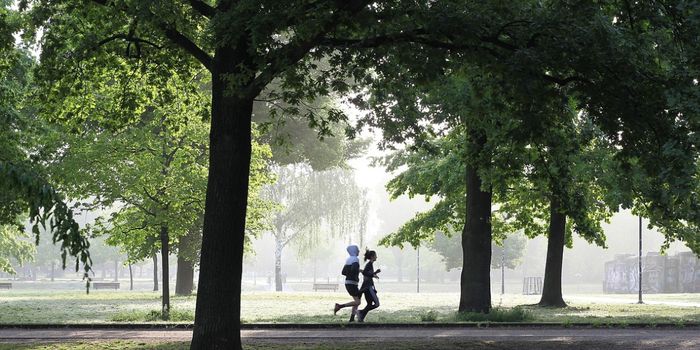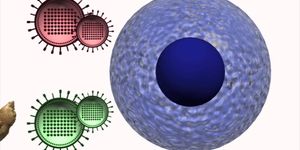Videos
Scientists say the H7N9 bird flu is mutating to infect humans - mutation explanation
DEC 10, 2013 12:00 AM PST
Share
Agricultural Experiment Yields a Bountiful Harvest in the Deserts of Qatar
 The tiny nation of Qatar - seemingly overwhelmed by the size and pull of its larger neighbors in the Persian Gulf region - is quietly revolutionizing farming in one of the harshest regions for agriculture in the world. If an experiment there continues to prove successful, it could potentially mean an end to starvation in similar areas across the globe.
The tiny nation of Qatar - seemingly overwhelmed by the size and pull of its larger neighbors in the Persian Gulf region - is quietly revolutionizing farming in one of the harshest regions for agriculture in the world. If an experiment there continues to prove successful, it could potentially mean an end to starvation in similar areas across the globe.Utilizing only sunlight and seawater pumped in from the Persian Gulf, a specialized greenhouse in Qatar is being used to grow three full crops of vegetables per year. And so far the experiment, conducted by the Sahara Forest Project, has given astonishing results. With 75 kilograms of live produce for each square meter of land, the rate is quite comparable to commercial farming in the United States and Europe. And it is thought that with further development, a more large-scale farm could have four crops a year, possibly providing Qatar with all of the fresh tomatoes, cucumbers and peppers that it would ever need.
The greenhouse is actually a combination of several technologies, engineered to take advantage of Qatar's geographical location and climate. Seawater is channeled into the greenhouse and allowed to trickle across a grilled "curtain" by natural wind. The resulting cold air and moisture disperses throughout the greenhouse, giving both much-needed water and cooler temperatures to the crops even in the worst heat of the Qatari summer. Meanwhile on the opposite side of the greenhouse, colder seawater is circulated through a system of pipes, causing the moisture-laden air to condense into liquid water. It is this water that is collected and used as the greenhouse's supply of fresh water.
Amazingly, the greenhouse also produces its own electricity. An adjoining concentrated solar power plant uses focused sunlight to create enough steam to drive a turbine. It provides more than enough juice to allow the greenhouse's pumps and control systems to function... and there's more than enough power left over for desalination of the seawater for additional irrigation.
In addition to the crops themselves, the Sahara Forest Project has already tested concepts in using the greenhouse to produce fodder for livestock and even biofuel. However, further research is needed to determine the economic feasibility of such products. At only 1-hectare in size and 600 meters of growing surface within yielding such a consistently strong harvest, the Qatar greenhouse is being hailed as an astonishing success. The Sahara Forest Project is now looking at taking the experiment to an even larger scale: a proposed 20-hectare site using the same technology, this one to be located near Aqaba in Jordan. Officials with the project are also suggesting that four crops may be possible.
If the Jordan facility proves to be even more successful, it may be a very short matter of time before the process is put to commercial use across the Middle East: ushering in a true green agricultural age in one of the most harsh and arid environments on Earth.
You May Also Like
Loading Comments...








